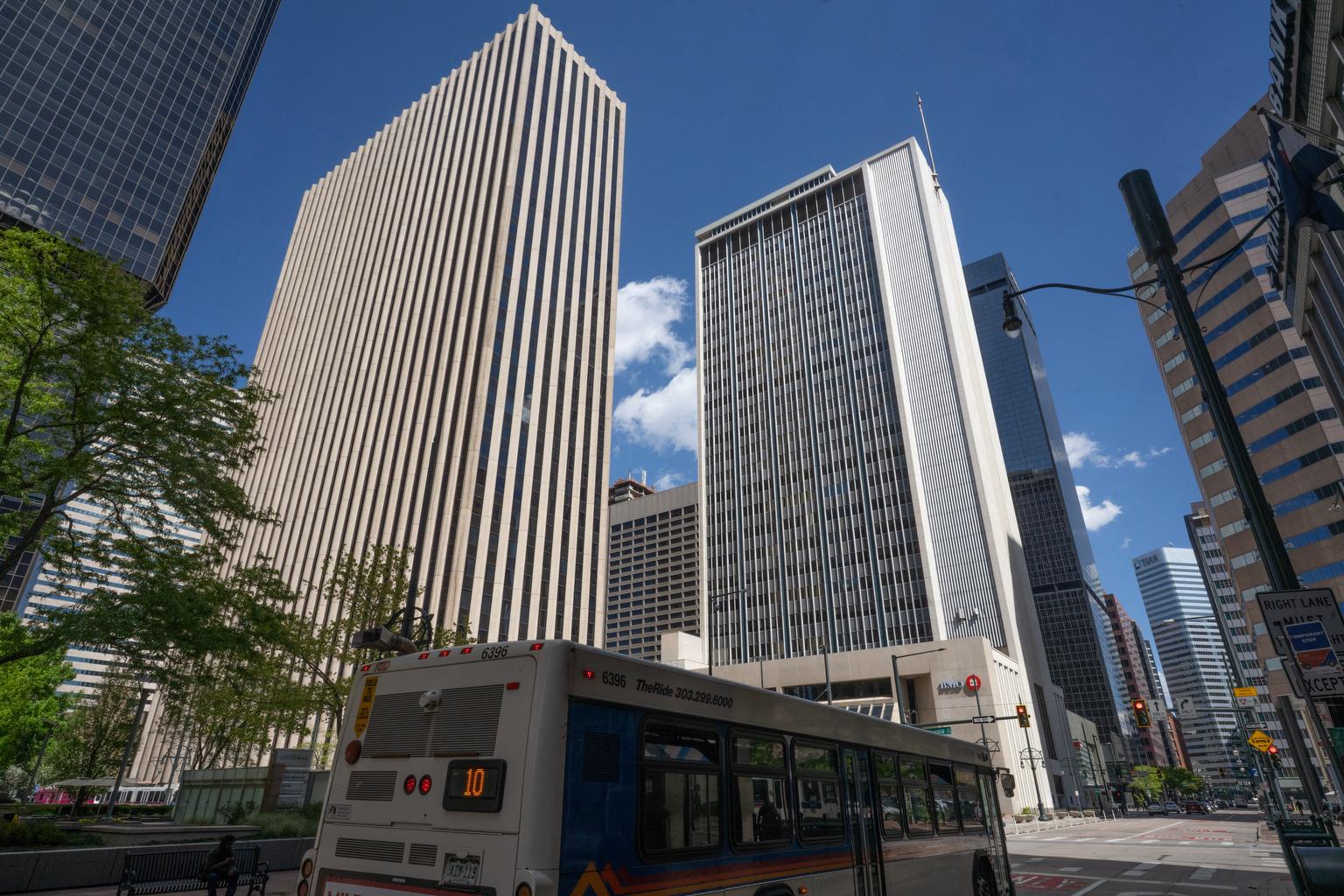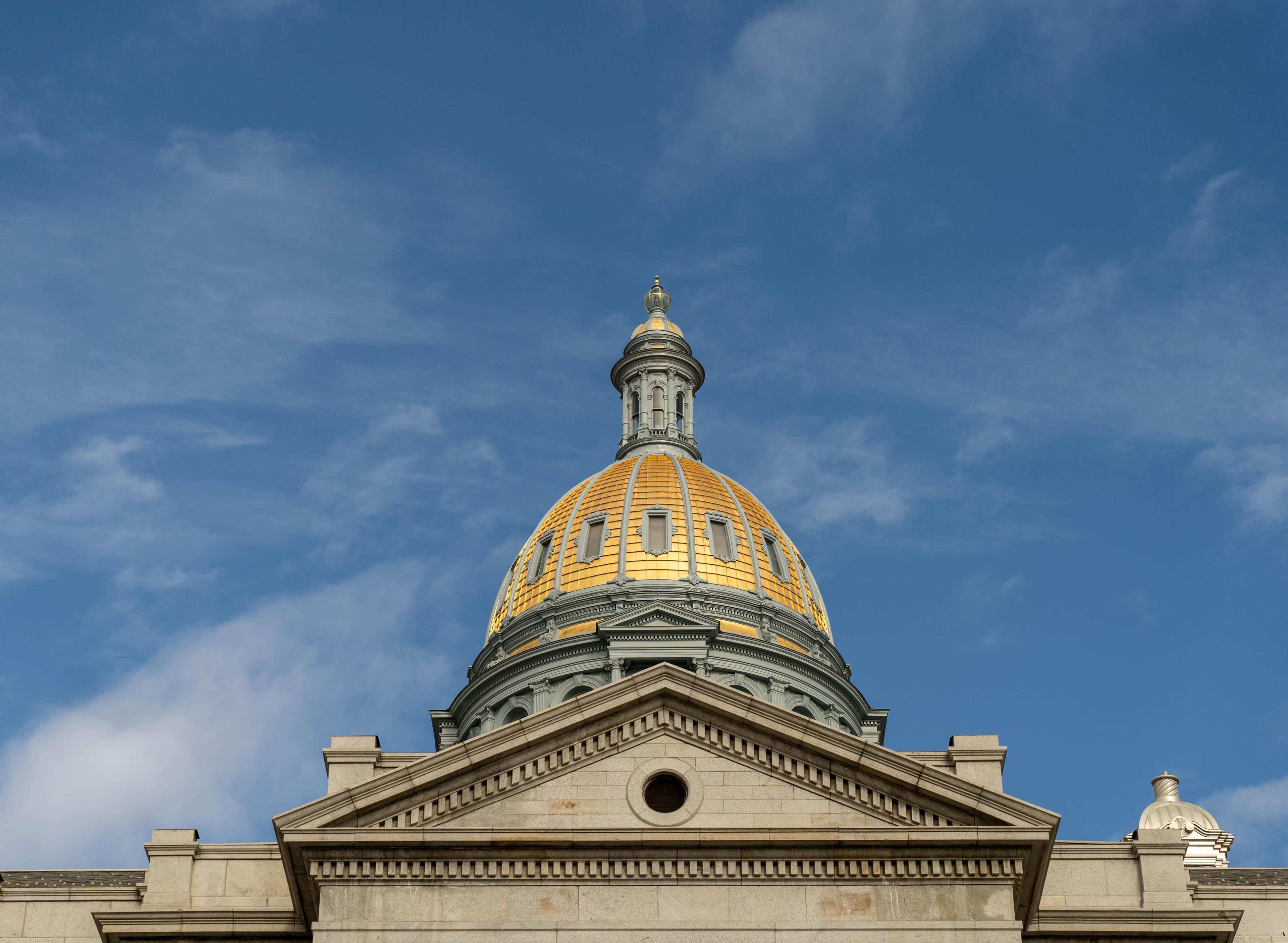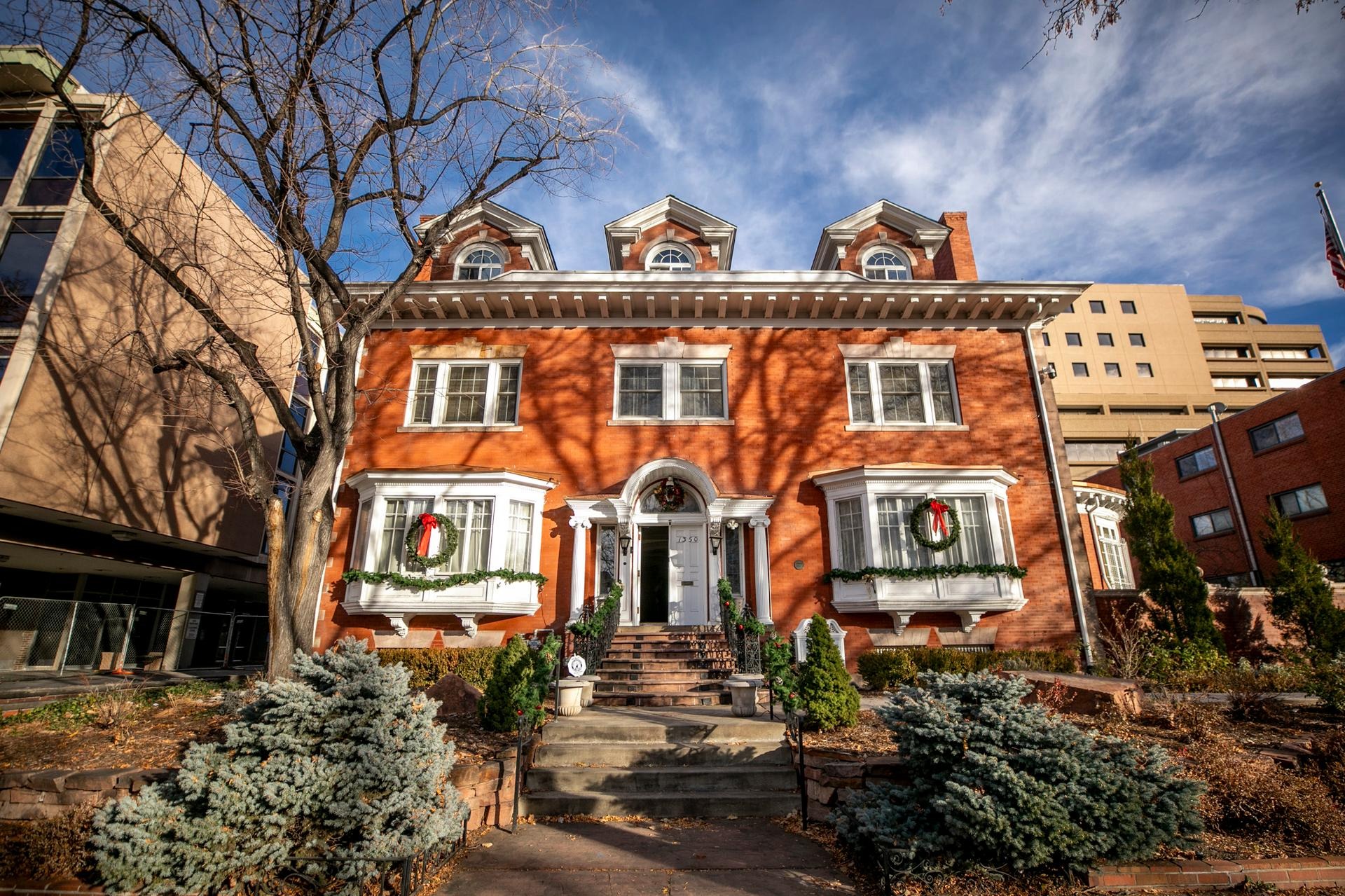

Boulder and Denver have the biggest "achievement gaps" among Colorado's largest school districts. The gaps are the differences in test scores both between ethnic groups and between rich and poor students. In fact, Denver’s gap is one of the widest in the country.
Despite the gaps, Denver Public Schools Superintendent Tom Boasberg said students of color are improving.
“They’ve made more progress than students of color anywhere else in the state,” he said. “If you looked a decade ago they trailed state averages by 12, 14 points, now they’ve completely eliminated that gap with students of color elsewhere and in some cases are doing better.”
Why does Denver even have a gap?
While students of color are improving, all kids in the district are getting better too – and white students happen to be improving at a faster rate. In fact, faster than white students anywhere else in the state.
Where do the numbers come from?
This is all based on test results just released from 2016. It’s the second year of results since Colorado introduced more rigorous tests designed to challenge students on their problem-solving and critical thinking skills. Seventy percent of Denver's white 4th graders are reading and writing at or above grade level, compared to just 28 percent for black students. For Hispanic students, 27 percent are working at grade level.
Take the gap in 7th grade math in Denver. Thirteen percent of children who qualify for free or reduced price lunch, a proxy for poverty, are on target while 57 percent of their better-off students are on target.
Looking at race in Denver for that same group of kids, 14 percent of Hispanics are at or above grade level while 64 percent of whites are. In Boulder, 12 percent of Hispanics are at or above grade level while 46 percent of whites are on target.
Doesn’t Denver Public Schools have some pretty extensive efforts to help poor students and students of color improve academically?
In Denver, children with greater needs get significantly more money. Teachers who work in high-needs schools get incentives. All 4-year-olds in Denver can attend full day preschool. There’s an intensive math tutoring program. There’s been money plowed into literacy training and support. Voters just approved money to get support to low-income children who have big social and emotional needs. And this year, for the first time, a school can’t earn the highest rating (distinguished or blue) or meets expectations (green) if it doesn’t get a blue or green rating on closing academic gaps for students of color, students in poverty, English language learners, and students with disabilities, and students in poverty.
How does the sheer number of children living in poverty in Denver feed into the city’s higher achievement gaps?
About two-thirds of kids in Denver schools are low income. Colorado Springs has 60 percent in poverty, but its wealthier kids aren’t doing as well, so their gap isn’t as big. In St. Vrain district, where the achievement gap is much lower, only about a third of kids live in poverty.
In Denver, Superintendent Boasberg explains that research shows that when you have high concentrations of poor kids in one school academic gains are harder. Getting students more integrated socio-economically is one of the main forces behind the Strengthening Neighborhoods Initiative. He hopes that these work against Denver’s starkly segregated housing patterns.
What About Boulder?
Samantha Messier, Boulder Valley School District’s interim assistant superintendent of instructional services and equity, said the gaps in Boulder are consistent with patterns nationally.
“As a school district, we have to accept responsibility for part of this pattern, but we also have to acknowledge that our gaps reflect structural inequity at the societal level,” she said. “In some ways, the gaps in student achievement that we see in Boulder Valley mirror the high income inequality we see in Boulder County.”
She said closing the gaps is challenging work. The district will implement updated supports for students and training for teachers to close the gap.
Why is it hard to measure achievement gaps in most of the state outside of the larger districts like Denver?
There are new state rules that suppress a huge amount of data, which state officials say they're doing to protect student privacy. The new rules mean you can't compare how most districts or schools are doing with specific student groups — we don't know any more how black students are faring in Boulder. In addition, Boulder still has fairly high testing “opt out” rates in the upper grades. For example, just 68 percent of white students took the 7th grade English test so achievement gaps in Boulder might be even higher if those students had taken state tests. Van Schoales of the education watchdog A+ Colorado said three years ago, Colorado was a leader in data transparency. He said things have changed.
Previously, he said, families were able to use data to pick and choose the schools that met their needs. But now, Schoales points out, “we’re in a position where we are flying blind in terms of where the best place for their English language learner, where the best place for their Latina to go to school or the best place for their white student to go to school.”
How much data is being shielded from public view?
An analysis by A+ based on achievement results by student group showed that much of the data, 95 percent, about English language learners was not included. Seventy percent of the test numbers for poor students were suppressed too. Advocates for transparency are now worried that the rule could be broadened to affect things like reporting of graduation rates and SAT scores.








